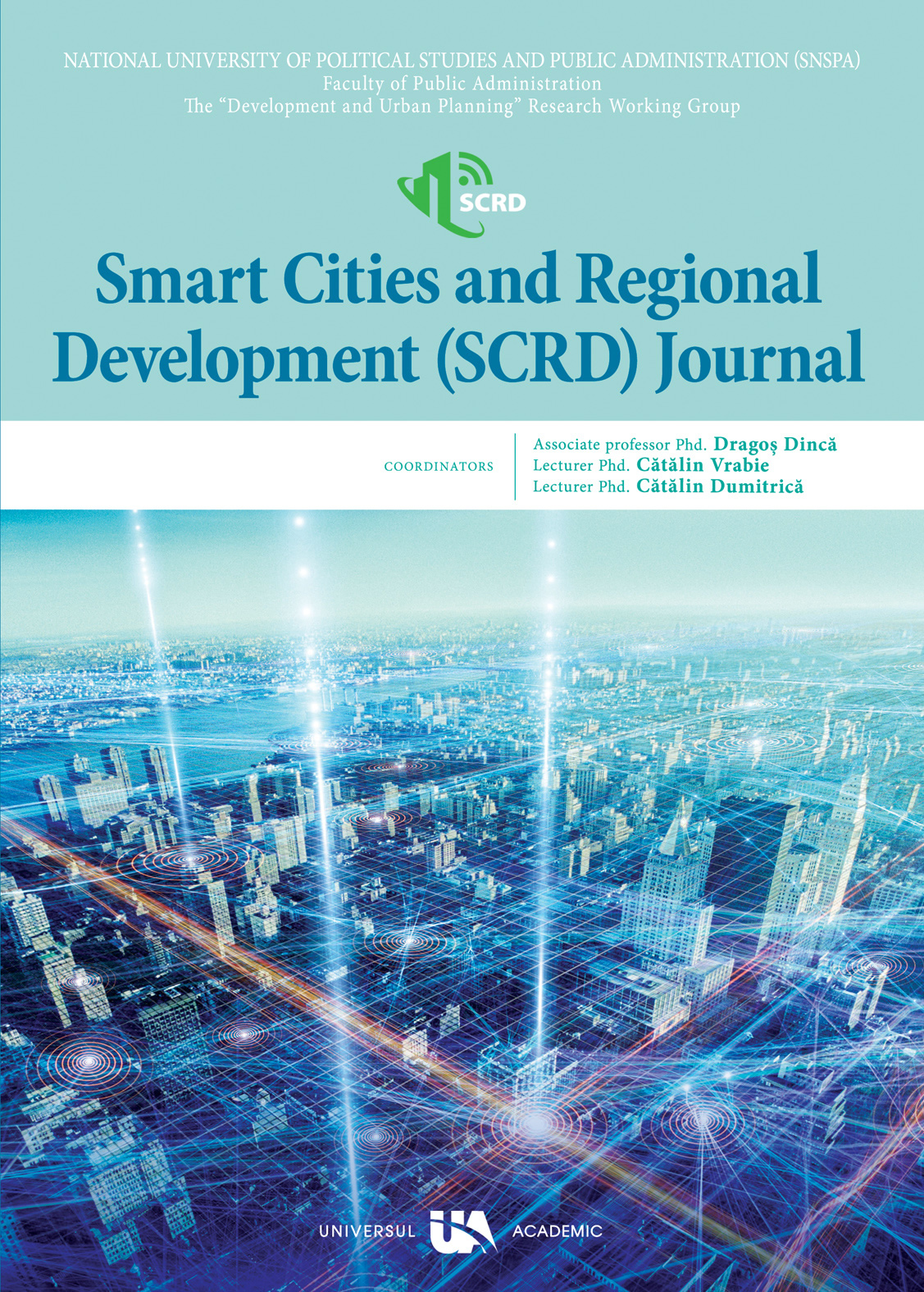Bundling and tying in smart living
Bundling and tying in smart living
Author(s): Ina Virtosu, Chen LISubject(s): Social Sciences, Economy, Education, National Economy, Library and Information Science, Classification, Information Architecture, Electronic information storage and retrieval, Communication studies, Sociology, Environmental and Energy policy, Welfare systems, Methodology and research technology, Evaluation research, Family and social welfare, Social Informatics, Welfare services, Economic development, Environmental interactions, Social Norms / Social Control
Published by: Editura Pro Universitaria
Keywords: multilateral bundling and tying; market power; abuse of dominance; smart objects
Summary/Abstract: Smart living is a trend promising more comfort, security, and energy efficiency in our everyday life through digitalization and the inter-connectivity of devices. From driverless cars to smart thermostats, from movable office to ecosystem of smart home, all of them are smart “objects” on which smart living and smart cities rely, involving original and innovative solutions aimed at making life more efficient, more controllable, economical, productive, integrated, and sustainable. Nowadays, these objects are not single products anymore but a series of integrated products, which can be tied or bundled. However, the bunding and tying are not traditional one, like ordinary merchandise or software tying in the landmark case Microsoft. It can be between software and hardware, as well as with a more complicated structure. For the smart objects the bundling and tying may be not limited in bilateral ones but also can be multilateral. This paper aims to discuss bundling and tying products in a smart city life, and mainly the commercial reality of such smart products on how the components are bundled and tied. After, it analyses the structure of bundling and tying in some smart products to confirm whether there is a main product, which can be either a hardware or a software, or net-shaped like in the ecosystem of smart home. Based on these commercial realities, this paper discusses whether multilateral bundling and tying related to smart objects may be a threat to a competition order and mainly to violate Articles 102 TFEU.
Journal: ORAȘE INTELIGENTE ȘI DEZVOLTARE REGIONALĂ
- Issue Year: VI/2022
- Issue No: 02
- Page Range: 97-110
- Page Count: 14
- Language: English

